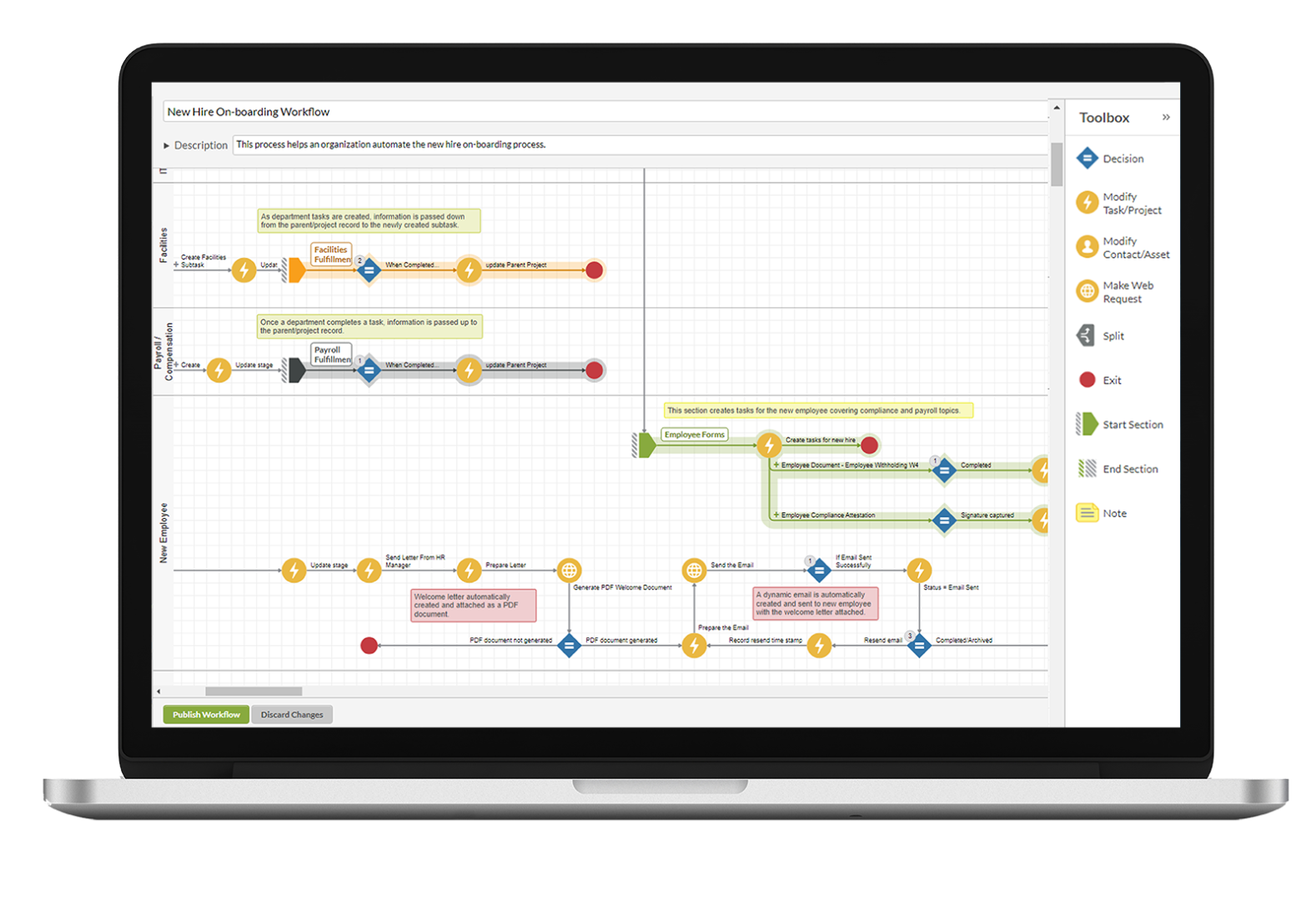Introduction:
In the fast-paced world of civil engineering, efficient project workflows are essential for success. To streamline these workflows, civil masterminds decreasingly calculate on software tools and technologies that revise the assiduity. In this blog, we will explore the part of civil software courses in civil engineering and how it contributes to streamlining design workflows. We’ll claw into the benefits of technical software courses and bandy their impact on icing effectiveness, delicacy, and productivity.
Civil engineering is one of the most complicated disciplines in the world. It’s a largely technical field that requires a broad range of chops and knowledge to insure successful design issues. Software training in civil engineering is essential because it provides masterminds with the necessary tools to streamline their workflow and ameliorate effectiveness, delicacy, and productivity. still, there are numerous different types of software available on the request moment that can be used for other purposes.
The range of software available can be inviting, making it delicate to determine which software stylish fits. likewise, civil engineering professionals frequently need help understanding how the colorful types of software work together and how they get used in confluence.
Enhancing Collaboration and Communication:
Effective collaboration and communication among project stakeholders are critical for seamless project workflows. autocad civil engineering equip engineers with the knowledge and skills to utilize software tools that facilitate efficient information sharing, coordination, and collaboration in real time. That fosters better team integration, minimizes errors, and ensures smooth workflow transitions from design to construction.
For illustration, civil masterminds can learn how to use Civilians software to fantasize their design data on a chart, partake it with stakeholders, and communicate design progress through visualizations. They can also use this software to produce construction delineations or perform surveying operations using GPS bias.
Civil masterminds can also use mobile bias similar as tablets, smartphones, and e-readers to pierce design information on the go. That allows them to unite with their platoon members and stay streamlined on the rearmost design updates.
Increasing Efficiency through Automation:
Civil software courses provide engineers with in-depth training on advanced tools that automate manual tasks and processes. This robotization streamlines workflows by reducing mortal error, saving time, and adding productivity. Through software training, masterminds can automate colorful aspects of design operation, design, analysis, attestation, and more, performing in streamlined and effective design prosecution.
Civil masterminds can profit from software training in a variety of ways. They can increase their overall knowledge and learn the rearmost assiduity trends by taking online courses that educate them about new technologies and operations. Through software training, civil masterminds can also enhance their chops by learning how to use advanced tools that automate homemade tasks and processes.
civil software courses can also use software training to learn the sways and outs of assiduity-specific operations. These include programs to help druggies manage complex data sets, perform advanced computations, induce 3D models, and more. By taking online courses that educate them how to use these tools, masterminds can work smarter rather of harder.
Improving Accuracy and Precision:
Software training is vital in enhancing accuracy and precision in civil engineering projects. Specialized courses educate masterminds to use software tools that enable precise computations, accurate measures, and comprehensive data analysis. That not only ensures the integrity of the design but also helps identify implicit crimes or risks beforehand on, allowing for timely corrective measures.
This kind of software training can be handed by a range of companies that specialize in the development of civil engineering software. The primary end is to ameliorate the quality and delicacy of engineering systems worldwide, thereby making structure safer and further sustainable.
Professionals in the field use civil engineering software to design and plan everything from structures and islands to heads and roadways. The software can produce 3D models of structures, pretend how they will perform under different conditions, and give lifecycle cost analysis. Civil masterminds can also use the software to calculate accoutrements demanded for a design or dissect environmental impacts similar as storm water runoff, noise pollution, or air quality.
Enhancing Visualization and Simulation Capabilities:
autocad civil engineering empower engineers with tools that offer advanced visualization and simulation capabilities. These tools enable engineers to create virtual models, perform realistic simulations, and visualize project outcomes in a highly accurate and immersive manner. That helps in decision- timber, identification of implicit issues, and optimization of designs, performing in bettered design workflows.
That’s particularly important for structure systems that involve complex engineering challenges, similar as those involving islands, coverts, and heads. These systems bear comprehensive analysis to insure that they’re erected to the loftiest norms of safety and continuity. Civil software courses help masterminds meet these conditions by furnishing advanced simulation tools to pretend real- world conditions and prognosticate how structures will perform under different stress factors.
Civil software courses also help engineers meet requirements for building and infrastructure projects in areas with high levels of seismic activity. In these environments, it is essential to ensure that structures can withstand the impact of earthquakes and other natural disasters without suffering any structural damage or loss of life.
Facilitating Data Management and Analysis:
Data management and analysis are crucial for informed decision-making and successful project execution. Software training equips civil engineers with skills to manage, analyze, and interpret complex data sets efficiently. They learn to use software tools that enable them to organize project data, visualize trends, and derive meaningful insights. That enhances design control, mitigates pitfalls, and enables data- driven decision- timber.
The software training is delivered through classroom instruction, tutorials, and hands- on exercises. It is customized to meet the organization’s needs and includes specific project-management software skills like Microsoft Project.
Conclusion:
civil software courses has become an integral part of civil engineering, crucial in streamlining project workflows. Through specialized courses, engineers gain valuable skills in collaboration, automation, accuracy, visualization, and data management. Applying software tools in civil engineering fosters efficiency, productivity, and precision, reducing costs and ensuring successful project outcomes. By embracing software training, civil engineers can adapt to the dynamic industry landscape, optimize project workflows, and stay ahead in this competitive field.







